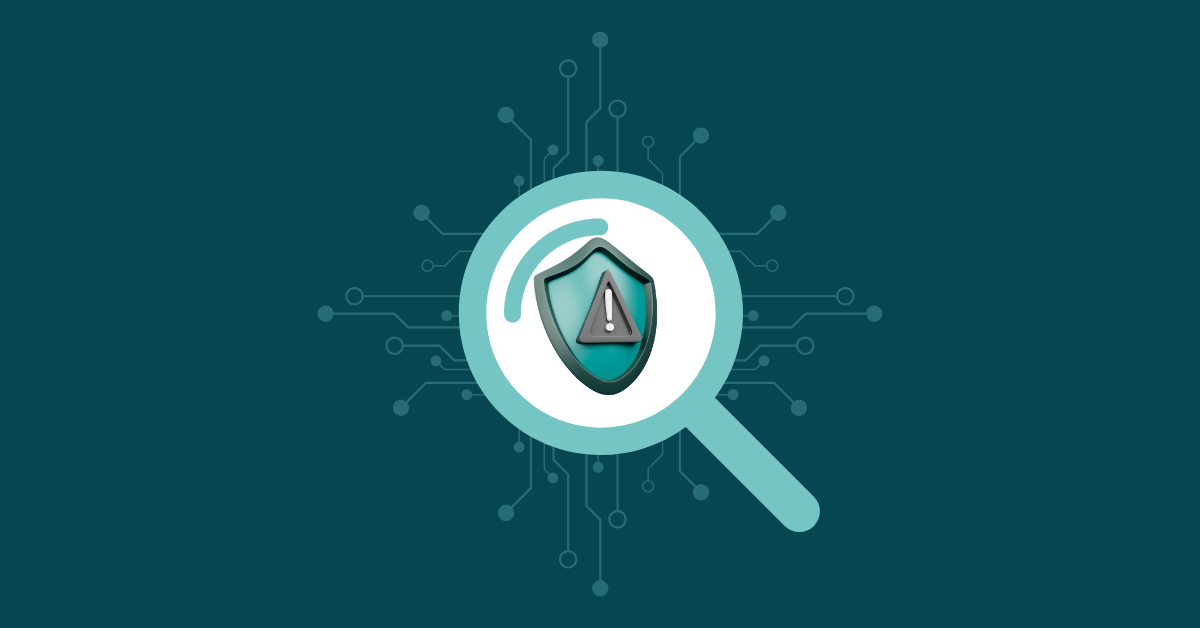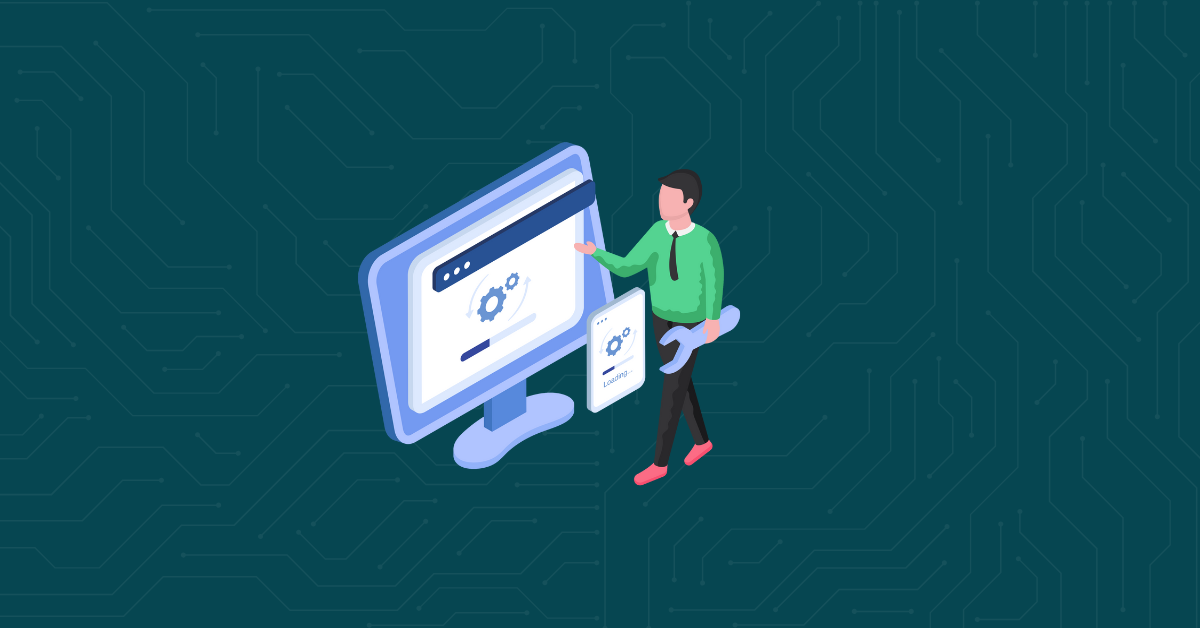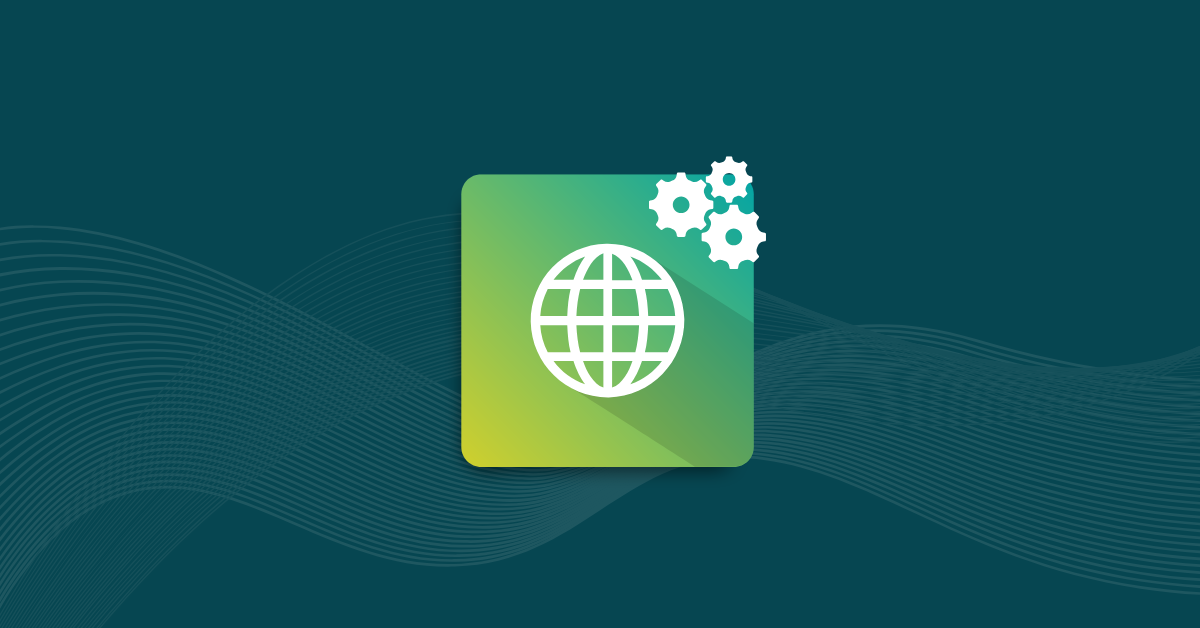

Software governance is essential for any organization’s success. It lays the foundation for efficient business processes and navigates the competing interests of the many stakeholders. Effective software implementation through IT governance is especially critical as teams increasingly depend on technology for their operations.
Software governance is a subset of IT governance, which in turn is a subset of a company’s larger governance initiatives. It refers to the practices, policies, and processes used to manage software operations, which support effective coordination and maintenance of software activities.
Software governance harmonizes business objectives, regulatory compliance, and security protocols to ensure seamless integration. This process must also accommodate the diverse priorities of team stakeholders.
Here are a few ways companies use software governance:
The goal of software governance is to develop an IT strategy that enables more intelligent decision-making. It involves decisions that drive you toward your business goals, such as when to use automation and which methodologies to adopt for data management.
Software governance encompasses a wide range of activities within your operations, and breaking it down into smaller components can help you manage each workflow more effectively. Therefore, understanding the various departments within governance is crucial. Here’s a look at the main components of software governance, along with some use cases.
Software development is a complex process that involves numerous interdependent components. At any given time, you could be building a new product or refining your current application. Development governance seeks to streamline your development workflows by implementing a series of policies and protocols that help achieve your business objectives without overburdening your DevOps team.
Let’s look at a few examples:
Effective development governance should accelerate your SDLC while enhancing software performance. It should also empower your team with the right tools and practices and allow for greater transparency and agility during development. The result is better knowledge-sharing among diverse stakeholders and a culture of trust and communication within your team.
Writing clean code is one component of effective software governance. But releasing it presents its own unique challenges.
Deployment governance refers to the protocols that companies install while launching new applications.
Here are some use cases of deployment governance:
Proper deployment governance simplifies the process of releasing new applications and updates, but it requires close collaboration with the rest of your team. Organizations should ensure that developers are familiar with all deadlines and changes, and also prepare end users for how the new application will work. Any new products should also adhere to environmental standards. Doing so will ensure a smoother adoption while avoiding any compliance hurdles.
The cost of data breaches reached $4.88 million USD in 2024, and it’s only expected to rise. A company’s IT infrastructure can have vulnerabilities that bad actors can exploit. Therefore, a robust security governance strategy is crucial for maintaining operational efficiency and profitability.
Security governance is central to a company’s broader cybersecurity efforts and provides a formal framework for addressing security threats. Effective security governance establishes a framework of personnel, technologies, and procedures that enables a structured response to security incidents. The exact components of each will vary based on your organization’s needs.
Some examples of each are as follows:
Security governance should define the “who,” “what,” and “how” of your cyber defenses. It aims to reduce your chances of incurring a breach by establishing key role players, their responsibilities, and the associated hierarchies. It also requires implementing the right tools for real-time monitoring and response.
Modern organizations are highly dependent on data. Data governance establishes the proper protocols for managing your data assets. It also ensures strategic alignment with the rest of your business goals.
Generally, building a data governance framework consists of five main components:
Data governance strategies should include robust guidelines for using data and data-related resources. This facilitates the implementation and enforcement of compliance requirements. IT enables companies to cut risks, cut costs, and ensure data privacy.
When handling multiple tasks simultaneously, organizations need to assess their IT infrastructure. Performance governance establishes a framework to assess environmental effectiveness and scalability, ensuring that all systems operate as intended.
Key functions of performance governance are as follows:
Performance governance monitors the current effectiveness of your team’s people and tools. Additionally, it evaluates how well you’re prepared for any future expansion. A key component of performance governance is assessing the scalability of your tools, so you can add new deployments or extra capacity as you grow.
Many governance efforts are tied back to compliance, either directly or indirectly. Maintaining compliance has become so complex that it requires its own dedicated governance department.
Compliance governance enables organizations to effectively navigate regulatory requirements and avoid costly violations or fines.
Some components of compliance governance are as follows:
Another key component of compliance governance is standardizing your team’s processes to ensure they align with all relevant standards. Regulations can change rapidly and may vary by state, country, or industry; therefore, your compliance governance department should track all relevant policy changes and variations.
Over 90% of companies used the cloud in 2024, making cloud security and management a critical priority for modern teams.
Some key components of cloud governance are as follows:
Many cloud governance duties are also performed by other governance branches, but the complexities of the cloud warrant their own department. If your team regularly uses the cloud, ensure you have a practical cloud management framework and strategy in place.
Effective software governance aligns IT investments with large-scale business objectives, but implementing it properly can be a challenge. Here are a few hurdles that software governance teams often encounter, along with some tactics they’ve used to overcome them.
Balancing many workloads is a key responsibility for large software governance teams, and effective communication across these teams can be difficult. Communication issues can damage your governance processes and broader business initiatives.
For example, leaders may see inefficiencies in their current software usage. They may wish to overhaul too much of their system at once. They might waste money and hamper productivity by cutting tool licenses without feedback. Failing to share policy changes can lead to violations and poor governance practices.
Software governance teams should gather feedback on their current infrastructure from all departments. They should also foster a culture of trust and collaboration, ensuring that all voices are heard.
The average company used 112 Software-as-a-Service (SaaS) applications in 2023. Having numerous apps can hinder your team’s productivity, forcing them to toggle between multiple tools to perform a single task. Disjointed infrastructure makes it hard to find weaknesses, cost savings, and areas for improvement.
There are several steps you can take to reduce the number of tools you use. Start by taking an inventory of your tools and licenses to identify any overlaps in their functionalities.
Next, implement software asset management practices that cut redundancies and consolidate application licenses, saving you money and streamlining your processes. Assessing tool compatibility for platform integration would maximize efficiency and reduce unnecessary costs.
Using multiple third-party applications makes a company vulnerable to attack, even after streamlining tool usage. The threat landscape is becoming increasingly sophisticated every day—a single error in open-source code or a vulnerability in a third-party application could leave an open attack vector for a threat actor, potentially leading to a breach.
Organizations should implement proper database security principles and incorporate application security (AppSec) tools into their everyday processes to minimize their attack surface. Companies can use the following key tools to improve their application security:
You should select AppSec tools that can ensure the following:
Software governance relies on a series of industry standards and frameworks to function effectively, and organizations may use one or more frameworks to inform their processes. Different industries depend on specific frameworks more than others; thus, teams must understand the differences so that they can align their operations with the correct framework. The five data governance frameworks in cybersecurity are:
Compliance standards vary by region, industry, and client location. These standards influence your choice of security framework.
Software governance lays a foundation for your IT processes that aligns with the company’s business goals—and as a manager, you have to balance those two every day. Software governance is thus central to your project management efforts, impacting areas like:
Another critical component of software governance is deciding which tools are worth the IT investment. AppSec tools, such as Kiuwan’s SAST and SCA solutions, enable development teams to identify and remediate vulnerabilities within their code. This, in turn, helps them better manage their security posture, resulting in more efficient development and deployment governance processes and a stronger governance framework.
Software governance connects a company’s business strategies to its daily technical operations. Its use cases range from reducing unnecessary application expenses to creating frameworks for data management, disaster recovery, and cybersecurity response. Having the right tools in place is critical for executing proper software governance, and AppSec solutions like Kiuwan are at the top of the list.
Kiuwan’s SCA helps check open-source components for vulnerabilities using the National Institute of Standards and Technology (NIST) vulnerability database, helping developers and organizations maintain compatibility while strengthening their security posture. To see how we can elevate your software governance processes, request a demo today.


